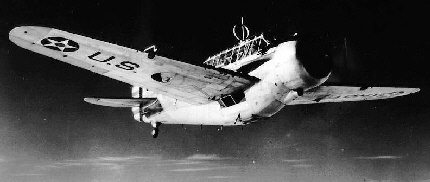North American O-47


The O-47 was developed as a replacement for O-19 and O-38 observation biplanes. It was larger and heavier than most preceding observation aircraft and its crew of three sat in tandem under the long canopy. Windows in the deep belly overcame the obstacle that the wings presented to downward observation and photography. The design for the XO-47 prototype originated in 1934 with General Aviation, a subsidiary of North American Aviation, as the GA-15. The Air Corps ordered 174 O-47s in 1937-38, 93 of which were assigned to National Guard units. In 1938, the Army ordered 74 O-47Bs with a redesigned engine cowling for better cooling, a more powerful engine, and improved radio equipment. Training maneuvers in 1941 demonstrated the shortcomings of the O-47. Light airplanes proved more capable of operating with ground troops, while fighters and twin-engine bombers showed greater ability to perform recon and photo duties. Thus, during WW II, O-47s were relegated to such duties as towing targets, coastal patrol, and anti-submarine patrol.
(for another photo of this aircraft, click
here.)
Additional information on this aircraft
can be found at Wikipedia
here.
(updated February 2009)
North American O-47A
Type: observation
Crew: 3
Armament: One fixed forward-firing .30-cal. machine gun
one flexible .30-cal. machine gun in rear cockpit
Specifications:
Length: 33' 7" (10.24 m)
Height: 12' 2" (3.71 m)
Wing span: 46' 4" (14.12 m)
Wing area: 350.0 sq. ft (32.51 sq. m)
Empty Weight: 5980 lbs (2712 kg)
Takeoff Weight: 7636 lbs (3463 kg) maximum
Propulsion:
No. of Engines: 1
Powerplant: Wright R-1820-49
Horsepower: 975 hp
Performance:
Range: 750 miles (1207 km)
Cruise Speed: 200 mph (322 km/hr)
Max Speed: 221 mph (355 km/hr)
Ceiling: 23,200 ft (7071 m)
(info courtesy of USAF and others)
If this page does not have a navigational frame on the left, click HERE to see the rest of the website.